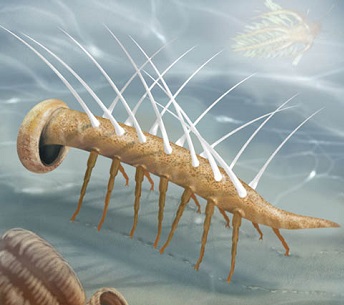Just a quick sorry folks, having trouble with the internet and may be offline for a few more days - or be sporadic at least. (I reckon it's Dad nibbling through the cables underground!). I'm pinching some-ones signal here at the moment (bad Goatboy). Hopefully normal service will be resumed ASAP.
In the meantime on this day in 1837 - Pharmacists John Lea & William Perrins manufacture Worcester Sauce.
Worcestershire sauce, sometimes shortened to Worcester sauce is a fermented liquid condiment, primarily used to flavour meat or fish dishes.
First made at 60 Broad Street, Worcester, England, by two dispensing chemists, John Wheeley Lea and William Henry Perrins, the Lea & Perrins brand was commercialised in 1837 and has been produced in the current Midlands Road factory in Worcester since 16 October 1897. It was purchased by H.J. Heinz Company in 2005 who continue to manufacture and market "The Original Lea & Perrins Worcestershire Sauce", under the name Lea & Perrins, as well as Worcestershire sauce under their own name and labelling. Other companies manufacture similar products, often also called Worcestershire sauce and marketed under different brand or private label names. Additionally, in recent years recipes have begun appearing for homemade variations of the British version.
Worcestershire sauce is made with anchovy and is therefore not suitable for use in strictly vegetarian dishes. It is often an ingredient in Welsh rarebit, Caesar salad, Oysters Kirkpatrick, and sometimes added to chili con carne, beef stew, hamburgers, and other beef dishes. Worcestershire sauce is also used to flavour cocktails such as a Bloody Mary or Caesar.Known as salsa inglesa (English sauce) in Spanish, it is also an ingredient in Michelada, the Mexican beer cocktail.
And a Prize to Mr Kelly for guessing that much under-rated movie "Flight of the Intruder" for the "Pickles Hot" quote. Todays should be slightly easier - remember no looking them up! "Gentlemen, you can't fight in here! This is the War Room!"







